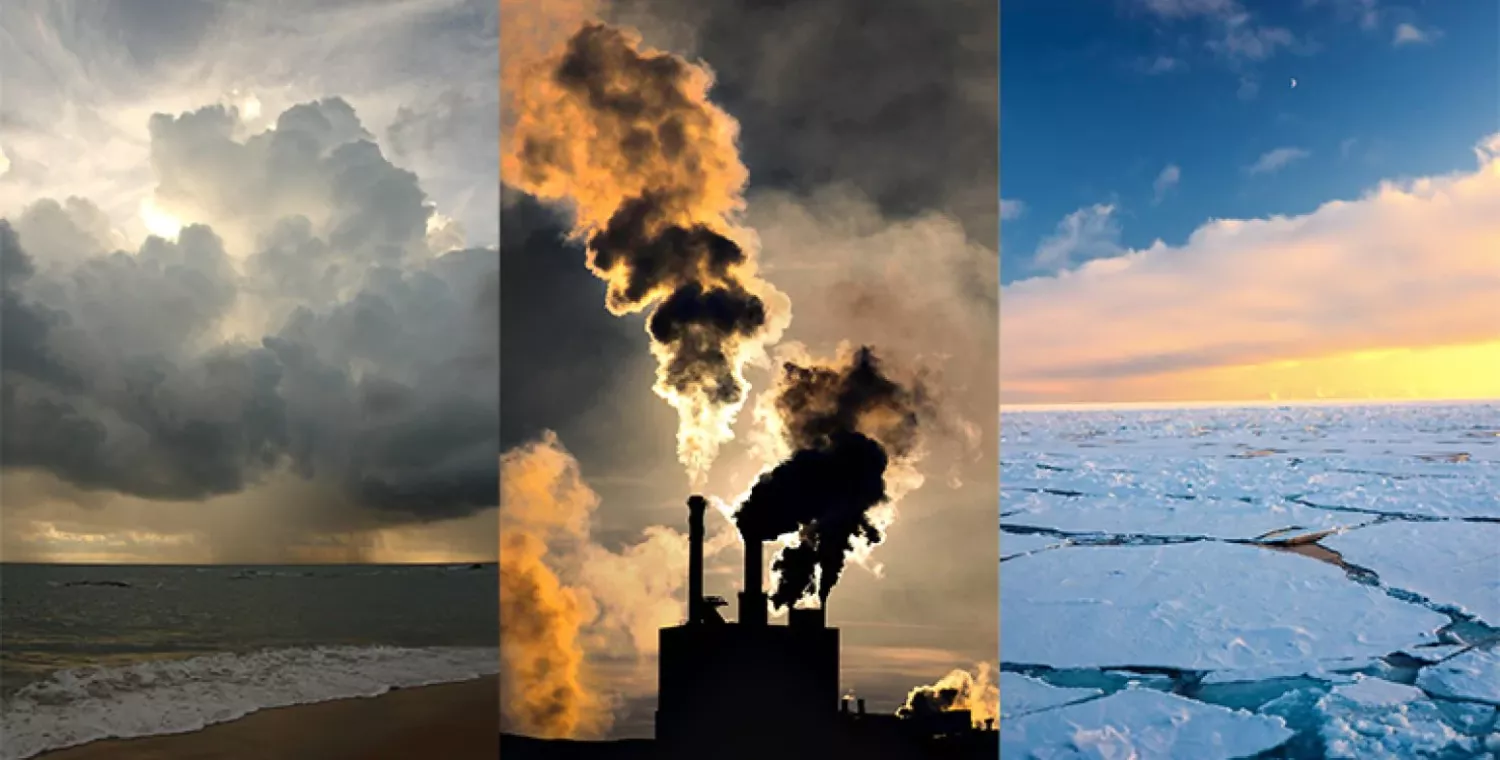Odesa and Kherson regions may partially go under water by the end of the century, say ecologists
- News of Odesa
-
•
-

- Olena Kozubovska
-
•
-
19:10, 22 September, 2024
Odesa and Kherson regions and the Crimean peninsula may partially go under water by the end of the 21st century. This is due to climate change and temperature rise.
Ecologist Anna Koriahina told about this in an interview with the publication Focus.
She noted that due to the active use of fossil fuels — oil, coal and gas — huge amounts of greenhouse gases enter the atmosphere, which is why the global annual temperature is increasing and the climate is changing. Due to climate change, accordingly, the level of the World Ocean is rising.
«Under the worst-case scenario (if countries continue to burn fossil fuels and the climate will change rapidly), territories with an area of almost 650,000 hectares may be flooded in Ukraine by the end of the century, and taking into account inflows during storms and strong winds, up to 1 million hectares. This is almost the area of Ternopil region. Crimea, Kherson and Odesa regions may be most affected, said Anna Koriahina.
At the same time, due to the increase in temperature in Ukraine, the rivers , especially the basins of Pripyat, Southern Bug and Dniester, will become thinner, therefore, over time, there may be an acute shortage of drinking water in some regions. In contrast, the rivers of Polissia may be threatened by the formation of prolonged spring floods, and the rivers of the Western region risk catastrophic floods in mountainous areas.
In addition to the use of fossil fuels, climate change is affected by the Russian-Ukrainian war. After all, according to the calculations of ecologists, in 24 months, Russian aggression in Ukraine led to additional emissions of 175 million tons of carbon dioxide.
Extreme heat in Mykolaiv in the summer of 2024
July 2024 brought unusually high temperatures to Mykolaiv, which significantly affected the ecological situation of the city. This extreme temperature regime created not only discomfort for residents, but also serious problems for the urban ecosystem. In July, Mykolaiv rescuers reported almost every day on the ignition of dry land, bushes and other things in open areas and noted the highest level of fire danger. And if the official record temperature reached a record 42 degrees, in fact the air on the streets warmed up to 60 degrees Celsius.
What is happening with the climate, how the heat affected Mykolaiv and whether it is possible to adapt to such weather NikVesti told in the material «Extreme heat. What is happening with the climate in Mykolaiv? We explain.»
Earlier we wrote that the experts of the European Union project APENA 3 are working on climate strategies of three pilot regions of Ukraine: Mykolaiv, Ivano-Frankivsk and Lviv.
It is worth noting that as early as May 2023, project experts presented interim results from the assessment of the vulnerability of economic sectors to climate change using the example of the Mykolaiv region. At that time, it was said that changes in average annual temperatures in the region exceeded global indicators. This trend appears to have accelerated over the past 30 years, with more frequent and intense thunderstorms, downpours and squalls. At the same time, they added, Russian aggression has further increased the risk of fires in the steppe and other parts of the region.
We will remind you that the Mykolaiv, Lviv, and Ivano-Frankivsk regions were chosen as pilot regions even before the full-scale Russian invasion. They are provided with international technical assistance for the preparation of regional strategies for adaptation to climate change. In particular, in August 2021, a working group was created at the Mykolaiv Regional State Administration to develop a regional adaptation strategy to climate change as part of the APENA 3 project.



